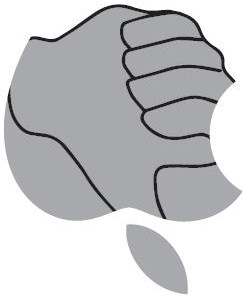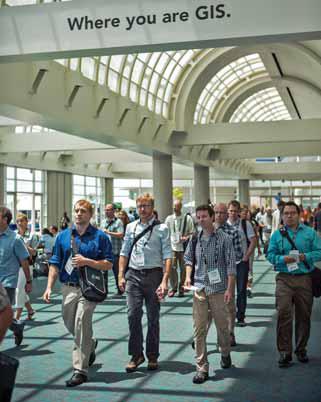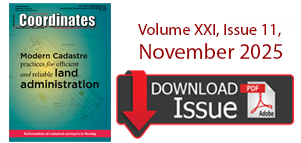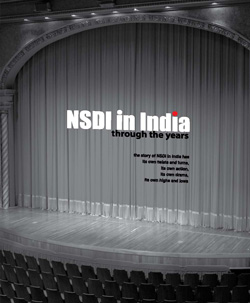China will promote the use of drones, or unmanned aerial vehicles (UAVs), to strengthen the nation’s marine surveillance, the State Oceanic Administration (SOA) said. The SOA verified and accepted a pilot program of using drones to undertake remote-sensing marine surveillance in Lianyungang, a costal city in eastern Jiangsu Province.
The British Geological Survey is to use a state of the art laser scanner to map volcanoes, glaciers and other natural phenomena. The RIEGL VZ-1000 purchased from 3D Laser Mapping will be used around the world to collect data that will be used to create photorealistic fl y-throughs, 3D height models and highly accurate area and volume calculations.
Spirent 8100 Location Technology solution was used by Signals Research Group (SRG) in the industry’s fi rst independent benchmark study of the performance of location technologies in chipset platforms and leading smartphone models.

The Japanese Cabinet Office issued an official announcement recently approving plans to procure and finance construction of the ground control system and the operation of the next phase of the Quasi-Zenith Satellite System (QZSS). Procurement is going to be carried out using PFi(private finance initiative) scheme.
Esri Malaysia User Conference 2012,
23 & 24 0CTOBER 2012,
PUTRAJAYA, Malaysia,
http://www.esrimalaysia.com.my;

“Geography is our platform for understanding the world,” said Esri president Jack Dangermond in his opening remarks at the 2012 Esri International User Conference, held July 23–27 in San Diego, California, “and GIS makes geography come alive by condensing down data and knowledge into a kind of language that we can easily understand.”














 (5.00 out of 5)
(5.00 out of 5)